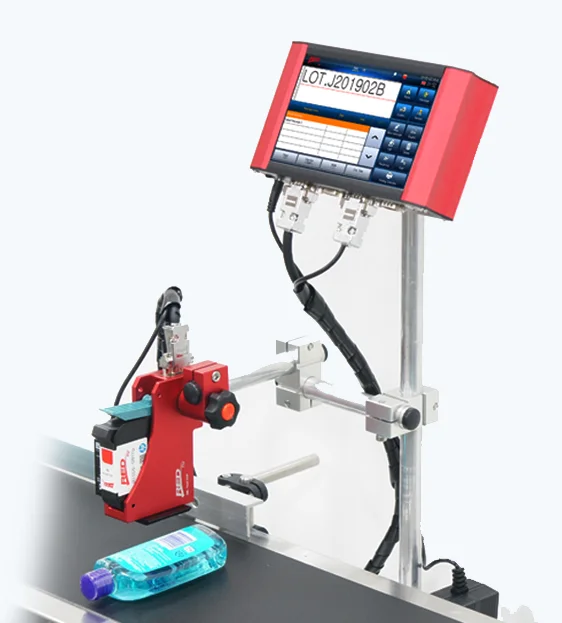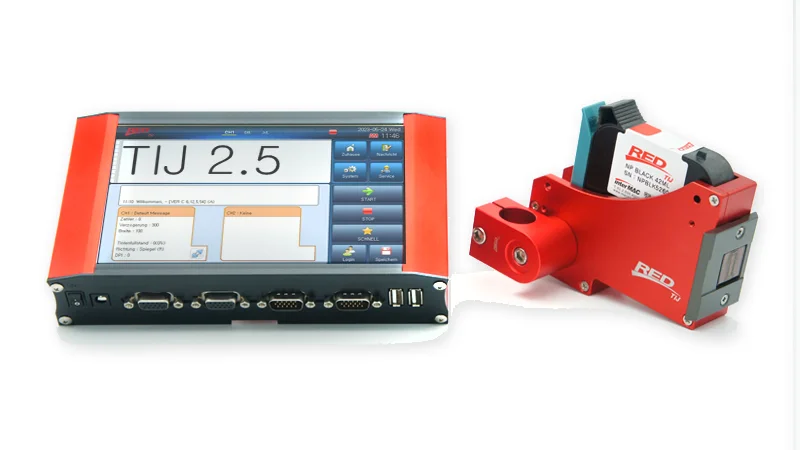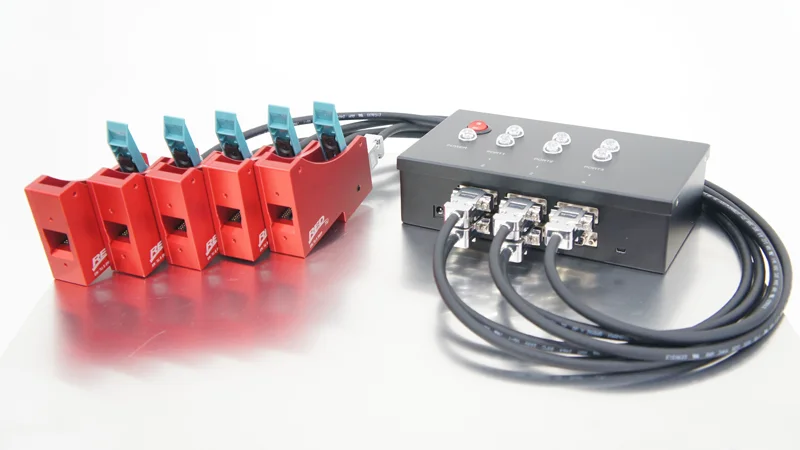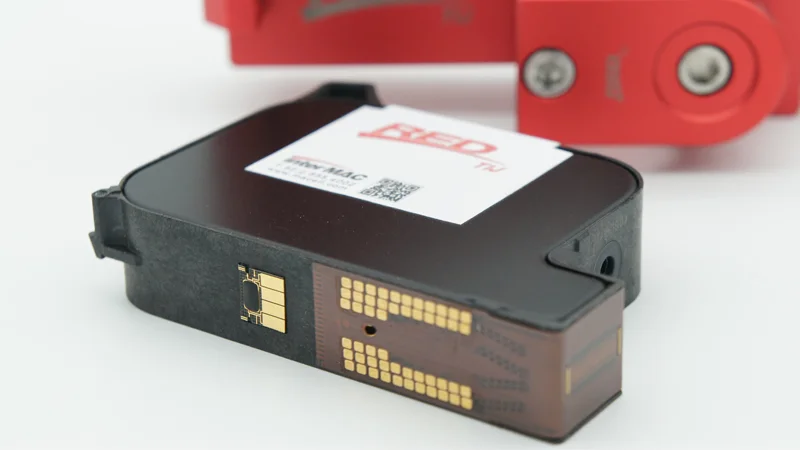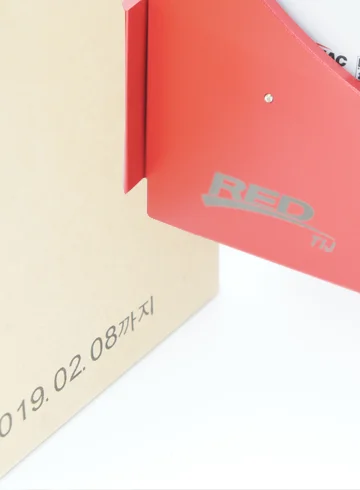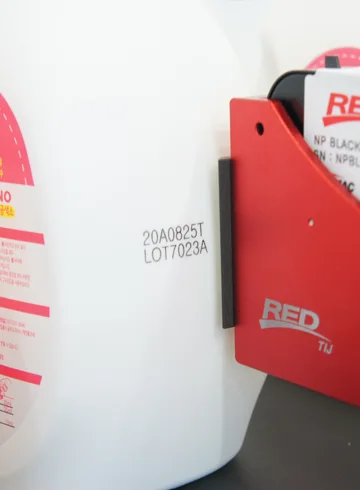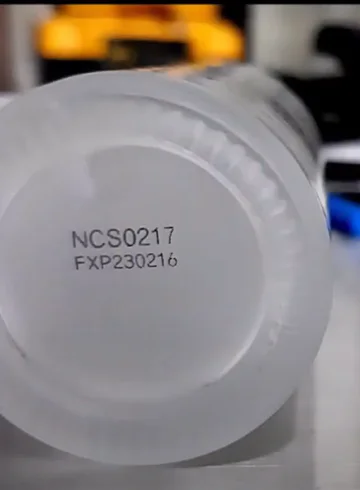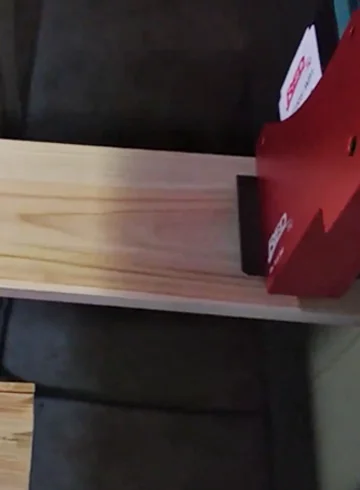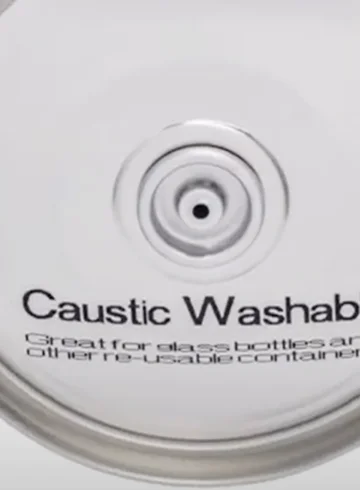Robust, erprobt & wirtschaftlich
TIJ-Technologie für nahezu beliebige Materialien
Durch den kontaktlosen Druck eignet sich die TIJ-Technologie perfekt für schnelle und kontinuierliche Beschriftungsprozesse. Spezialtinten
(z.B. UV-Tinten, UV-härtende Tinten, Lebensmitteltinten,...) erlauben praktisch für alle Anwendungsfälle optimierte Lösungen.
Robust, erprobt & wirtschaftlich
Nahezu unbegrenzte Anwendungsmöglichkeiten durch geeignete Tinten:
Papier, Pappe, Karton, Holz (Paletten, Kisten, Platte, Brett,...), Plastik (Abwasserrohre, Stromkabel, PET-Flaschen, Schrumpffolien,
Pflanzentopf, Hartkunststoffbehälter, Getränkeflaschen,...), Sperrholz, Etiketten (Klebeetiketten), Stoffe und Textilien, Tücher,
CDs, DVDs, Leinwand, Baumwolle, Glas (Flaschenbeschriftung), Beton (z.B. Kanalrohre, Betonsteine, Betonpoller), Metall (Felgen,
Dosen, Kanister, Metallplatte, Tonnen, Keg Beschriftung, Typenschild), Schutzmasken (OP-Masken, FFP2-Masken Folie (Stretchfolie,
Plastiksäcke), Blech (Kupfer, Aluminium, Aluplatte, Stahl, Aluminiumfolie,...), Leder, Gummi (Teppich-Rückseiten, Schläuche, Kabel),
Keramik (Fliesen, Kacheln, Blumentopf), Fleischverpackungen (Schalen, Chub-Verpackung, Vakkumfolie, Schrumpffolie, Tüte, Beutel,
Banderole, Konserve,...) Styropor, Ziegel (Ziegelsteine, Dachziegel,...), Dämmstoffe (Kokos, Zellulose, Perlite, Jute,...), Putz,
Tapete, Dichtstoffe (Silikon, Acryl), Bodenbeläge (Laminat, Fliesen, Parkett,...), Porzellan, Kunstharz, Schaumstoffe (PUR Schaum,
Kaltschaum, Verbundschaum, PE Schaumstoff) oder sogar organische Untergründe (Pflanzen, Melonen und andere Nahrungsmittel).
Umfangreiche und kombinierbare Druckformate
Die meisten TIJ-Systeme bieten einen festen Satz an Druckformaten, die häufig in der Industrie und im Handel benötigt werden.
Neben Text und Zahlen sind dies natürlich vor allem auch Datumsangaben, laufende Seriennummern oder Chargennummern (Zähler / Counter),
Barcodes, QR-Codes, Data-Matrix-Codes und einfache, monochrome
Grafiken. Diese Druckformate lassen sich natürlich auch untereinander kombinieren und dann als komplexe Vorlage abspeichern.
Alle Druckformate und Vorlagen können direkt im Gerät angelegt werden, lediglich für die Verwendung von Grafiken (Logo,
statische Data Matrix Codes,...) ist eventuell eine
vorhergehende, externe Bildbearbeitung notwendig, um diese für den Monochromdruck zu optimieren und in ein geeignetes Dateiformat zu bringen.

